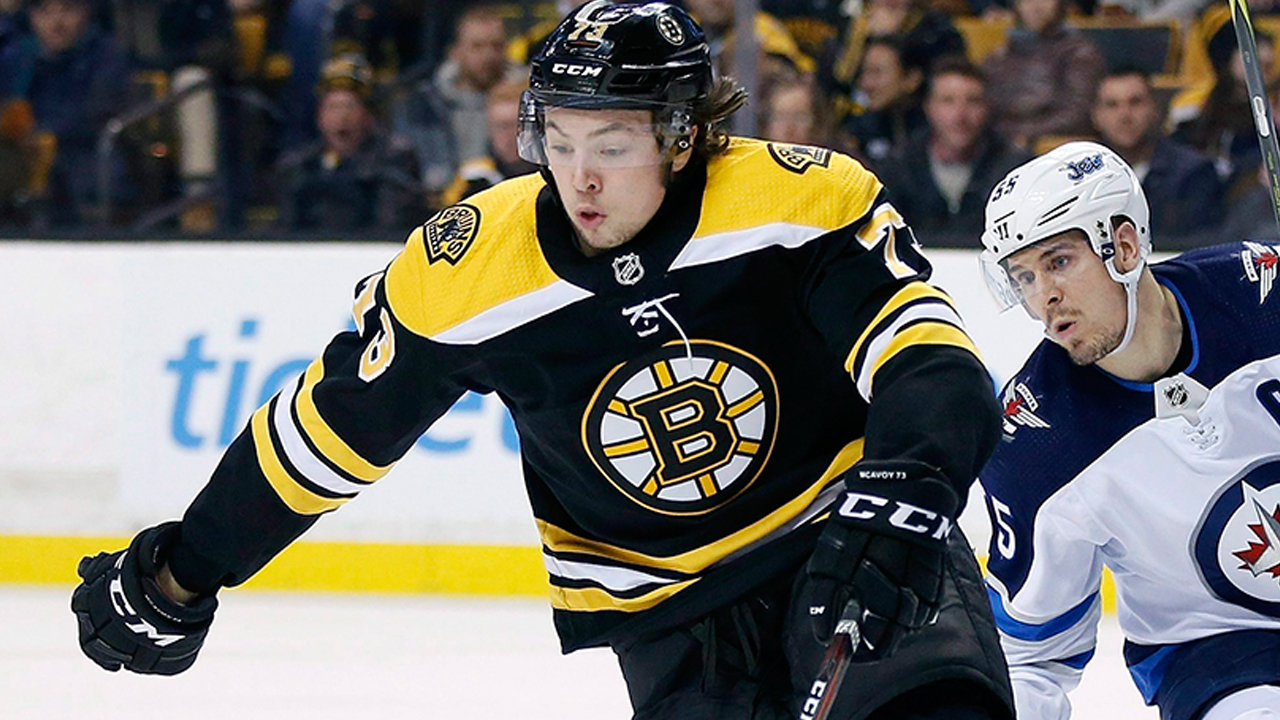Just like we did with the best forward lines, it’s time to break down the best defence pairs through the midway point of the season. We previously looked at the best pairings at the quarter mark, and we’ll use that same methodology to identify the top pairs now.
We’re looking at teams’ top pairings on defence, playing the toughest minutes, and they need to have played at least 300 minutes together at 5-on-5 hockey. We’ll use Corsica.Hockey’s pairing combo tool to identify which defence pairs have the best performance through half the season, then get into the finer details.

Just like with the forward lines, we’ve got three holdovers from the quarter mark of the season in Hampus Lindholm and Josh Manson, Esa Lindell and John Klingberg, and Zach Werenski and Seth Jones.
Lindholm and Manson have seen their on-ice goals for percentage drop a fair amount from the quarter mark, along with their Corsi, but their expected goals are actually up as the Ducks slowly recover from an injury-ravaged start.
Lindell and Klingberg have actually improved in all three measures, which is incredible considering how strong they were to begin the season.
Werenski and Jones have seen their goals for percentage take a slight hit, but their expected goals are about the same, and their Corsi is improved.
New to the list are Zdeno Chara with rookie Charlie McAvoy, a pairing that is playing among the toughest minutes in the league and excelling. Chara has a long history of possession and goal dominance, but he has been in decline for a while now, but has seen a big bounce back with the young McAvoy.
Also new is the reunited pair of Drew Doughty and Jake Muzzin, one of the most dominant defence pairs of the past five years, so it’s no surprise they’re crushing it together once again.
Now that we know which pairs have been most dominant, let’s break down why.

Looking at how these pairings achieve their offensive and transition success, you can identify some interesting tendencies.
Klingberg and Lindell love to go for stretch passes, more than almost any pairing in the league, despite the Stars’ move to dumping the puck out more than they did under Lindy Ruff. They carry the puck less than the rest of the group though, as Ken Hitchcock seems to like passing and chipping much more than puck carrying.
Offensively, there’s not much comparison between Werenski and Jones to the rest of the league — they’re simply way more involved than their peers are in creating offence. The amount of successful offensive zone passes those two are able to complete dwarfs the rest of the league.
Doughty and Muzzin are the premier transition pair in the NHL, completing the most outlet passes and carry outs, while remaining up there in stretch passes, and boasting extremely low turnover rates.
Chara and McAvoy are the least involved offensively, largely because Chara plays very conservatively in the offensive zone to avoid being caught now that his skating has slowed as a 40-year-old. They also keep it simple in transition, avoiding long bomb passes and letting McAvoy do most of the skating.
Lindholm and Manson love the short outlet passes, but aren’t afraid to carry the puck out of the zone themselves when it’s not available. They get more involved in the offence than Chara and McAvoy, but they’re not on the same level as the Stars, Kings, and Blue Jackets’ top pairings.
Not every pairing makes their biggest impact with the puck though, so let’s look at defensive play.

Defencemen do most of their work without the puck in their own zone, but the Blue Jackets and Ducks top pairings both do great work in the offensive zone, keeping opponents from breaking out and increasing offensive zone time. This kind of play may not generate a lot of points for those defencemen, but it passively creates offence by giving their forwards more opportunities.
Defensively, especially in the defensive zone, is where the Bruins’ top pair really stands out. They’re very aggressive in attacking opponents and winning puck battles, with Chara using his crazy long reach to disrupt rushes and McAvoy jumping in to win loose pucks. They’re also arguably the strongest neutral zone defenders, as they significantly cut down on rush chances against.
Lindell and Klingberg struggle a bit in the neutral zone, a step down for them since the first quarter, but they remain strong in the defensive zone, and have started to become more aggressive in the offensive zone to cut down the amount of time they spend defending.
The Kings’ top pairing is a bit more conservative in the offensive zone than you would expect for a couple players with serious offensive skill, and there’s no area here where they specifically stand out. Their skill set is more oriented toward transitioning with control and limiting mistakes than it is to actively defend.
[relatedlinks]









